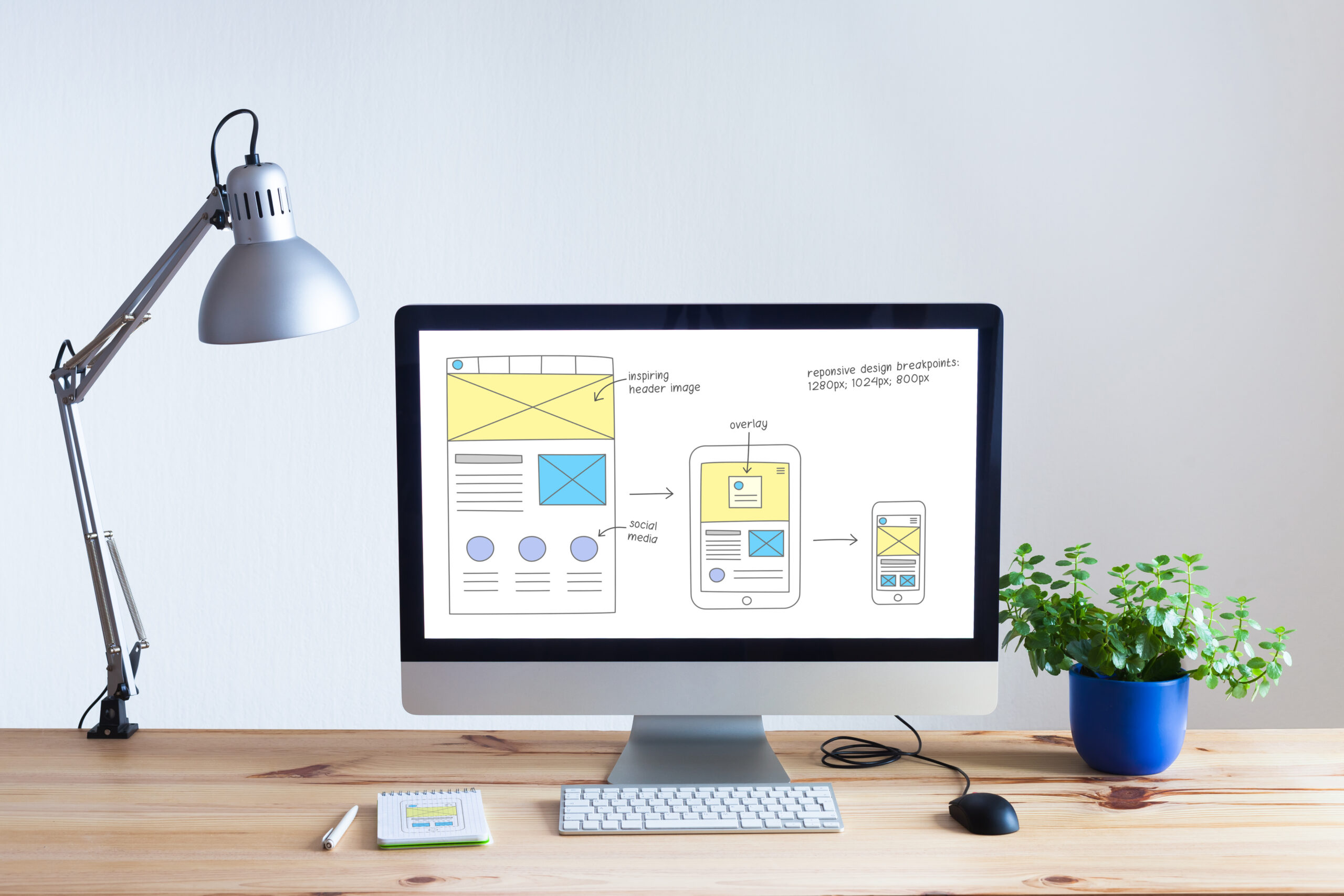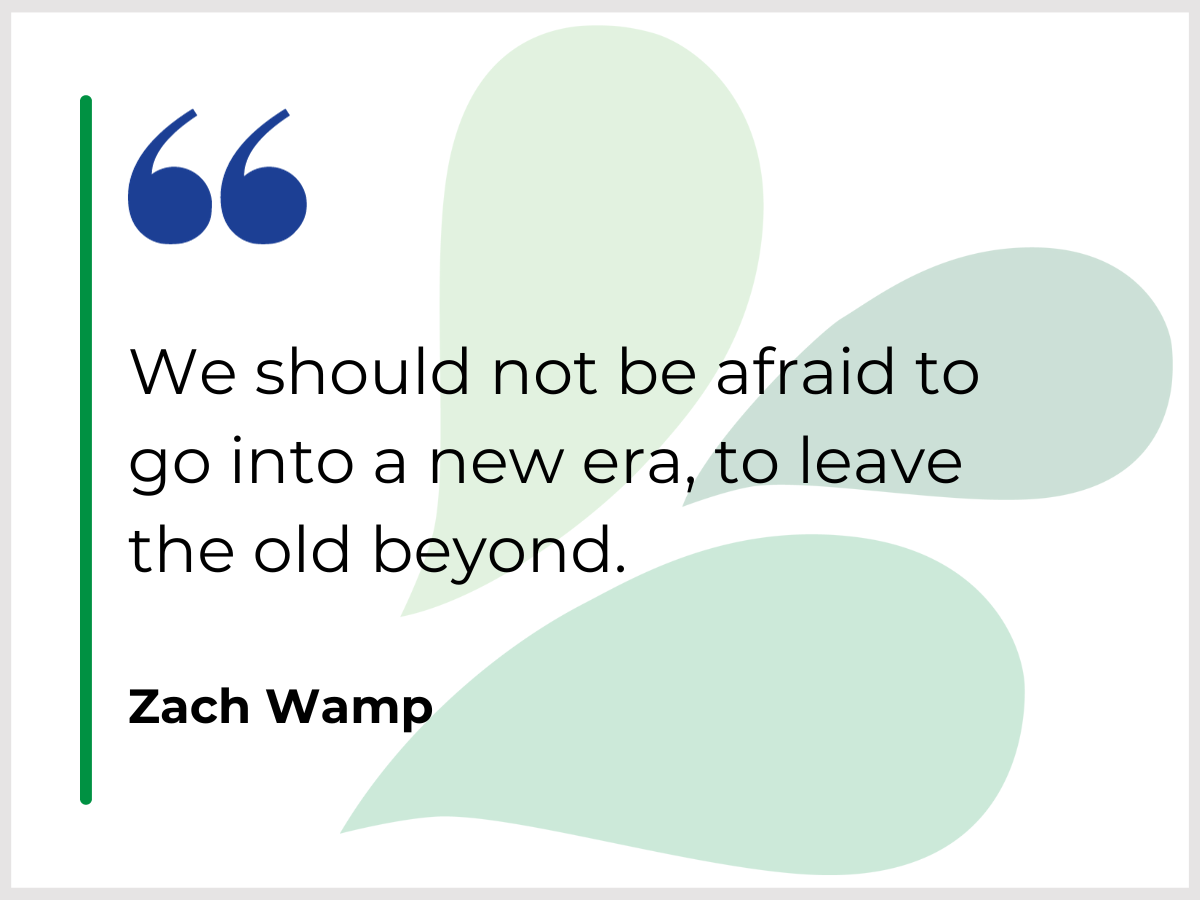Digital Marketing Blog

What Exactly Is E-E-A-T? The Latest In SEO Best Practices
In the ever-evolving world of SEO, building a strong online presence is more important than ever. One key factor that influences your website’s performance on search engines is EEAT, which stands for Experience, Expertise, Authoritativeness, and Trustworthiness. These three elements are critical in determining how Google evaluates and ranks content. In this blog post, we’ll

Local SEO for Medical Practices: Your Key to Attracting More Patients
In today’s digital world, your online visibility is crucial for attracting new patients to your medical practice. Local SEO is the key to ensuring you stand out when potential patients in your community search for healthcare services. This guide will walk you through the essential strategies to boost your local SEO and grow your practice.

Why You Should Choose a WordPress Design Agency for Your Business
Whether you have an existing website that needs a refresh or are starting from scratch, our website design agency will develop your digital marketing presence using WordPress – because it is the best CMS. What is the process of WordPress website design? What is the best CMS system? How much does it cost to have

Why Choose Pay-Per-Click Advertising?
The Basics of Pay-Per-Click Advertising Services At Robb Digital, we offer pay-per-click advertising services (PPC) alongside other digital marketing techniques that help generate business. If you are new to digital marketing, you may need help with different strategies to help grow your business, including paid search ads and paid social ads. Today, we will alleviate

Why Choose Search Engine Optimization? The Basics of SEO Agency Services
We will help you fully understand the basics and benefits of SEO services. Continue reading for fundamental and technical information about SEO and why you should consider it in your digital marketing strategy. What is the difference between “paid search” and “organic” in search engine marketing? Why is keyword research necessary in SEO? What is

Keeping Humanity in Your Digital Marketing Strategy: Why AI Falls Short
In the ever-evolving world of online marketing, AI is quickly gaining popularity and becoming more prevalent in various marketing strategies. Although it does have some benefits, such as automation, analytics, and predictive data, it also has a significant downside: the loss of humanity in a sector where human connection and authenticity are essential. This article

Goal Setting When The Deadline Has Passed
Why You Should Get Moving and Make Your Plans Anyway! As we step into the new year, we often find ourselves amidst the hustle and bustle of wrapping up the previous year’s work, holiday festivities, and the rush of tying up loose ends. It’s common for us to hear from clients, friends, and family members

Why Should I Upgrade Now to Google Analytics 4 (GA4)?
Have you heard? Google is rolling out a major update in 2023. This Google Analytics update involves the migration of Universal Analytics (UA) to Google Analytics 4 (GA4). Have you received this IMPORTANT email from Google yet? Maybe you put it in your “to-do” pile. Or maybe, you took one look and (understandably) weren’t sure

Manage Customer Interactions Between Facebook, Instagram, and Messenger
Facebook has released updates to Messenger that will allow cross-app communication with Instagram. Included in these updates was Messenger API, which will allow businesses to manage their communications across Instagram and Messenger. This update will allow businesses to connect their Instagram messages with the application that they already use to manage their Facebook conversations. A

Amazon Competes with Google Ads and Facebook Advertisements
Over the past few years, Amazon has been increasing its attention to advertising on its site. Advertising has become one of Amazon’s largest revenue earners and is expected to quadruple this year’s estimated $10 billion in revenue by 2023. For Amazon, advertising is a small portion of their functionality while for Google and Facebook, it

Fleets: Twitter’s New Disappearing Tweet Story Feature
Twitter is hopping on a social media trend by introducing its new feature, Fleets, which closely resembles Snapchat, Instagram, and Facebook’s Stories features. Snapchat first introduced stories in October of 2013. Following in its footsteps were Instagram and Facebook, releasing their version of the 24-hour posts in 2016 and 2017 respectively. Twitter released its disappearing

The Doctor of Social Media
You’re not alone if all of the medical data on the internet makes you cringe. Invalid claims and opinions are all over the internet…well, it’s a good thing you can do something about it. You are a doctor, right? Doctor up the internet! In this blog, we are going to give you a few tips
